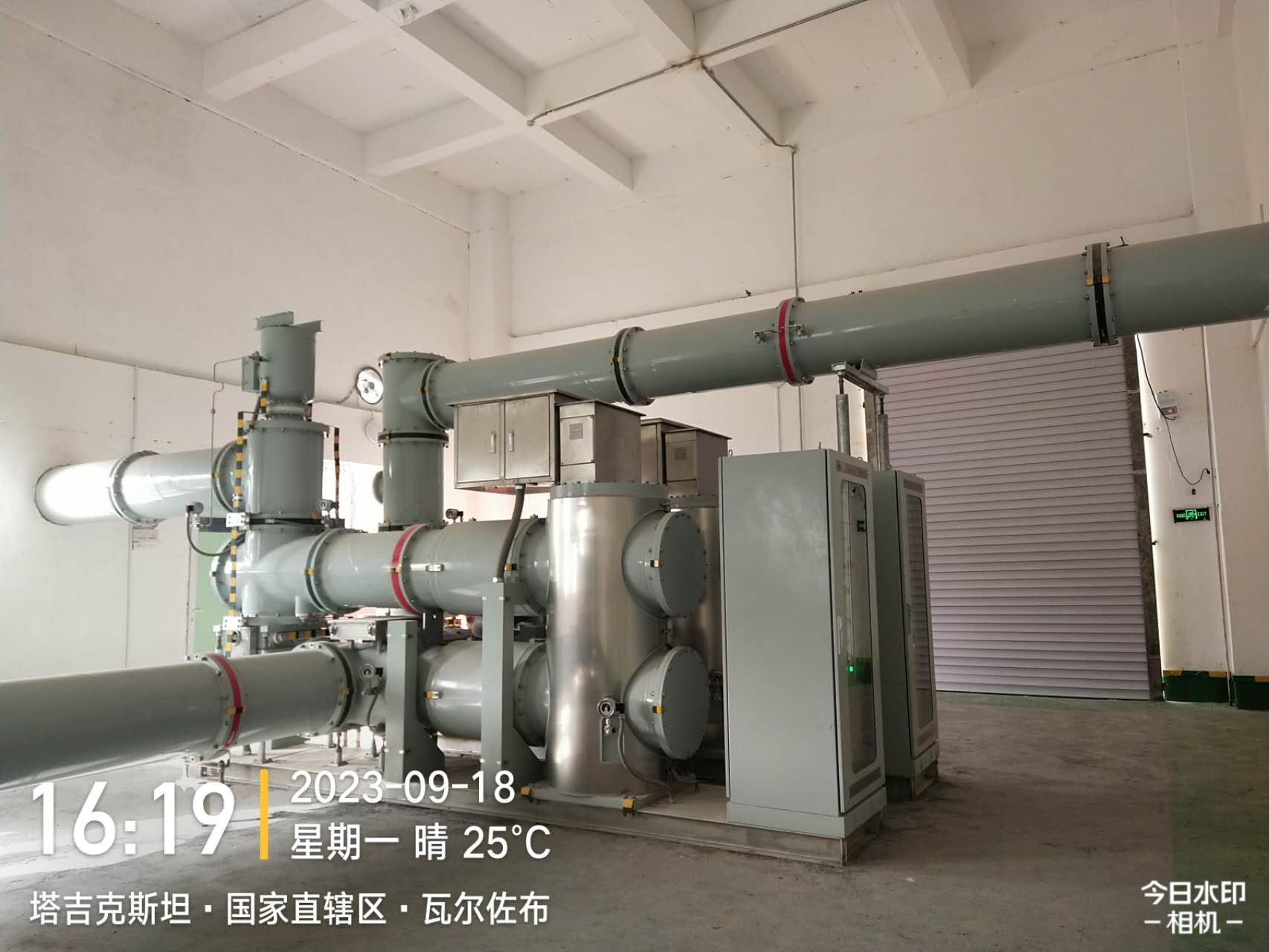- E-mail: admin@yaweitransformer.cn
- Tel: +86-18862719076
Transformer is a kind of electrical equipment that uses the principle of electromagnetic induction, and its main function is to convert different voltage values. The working principle of the transformer is based on Faraday’s law of electromagnetic induction, which can be summarized in a few key points:
1. The law of electromagnetic induction: When the conductor moves in the magnetic field or the magnetic field passes through the conductor, the electromotive force (that is, voltage) will be generated, which is the phenomenon of electromagnetic induction. Similarly, when the current passing through a wire changes, it creates a changing magnetic field in the surrounding space, which in turn creates an electromotive force in a nearby conductor.
2. Main components: The transformer is mainly composed of an iron core (or ferromagnet material) and at least two groups of coils, namely the primary coil and the secondary coil. The iron core is used to increase the strength of the magnetic field and provide a low-impedance path, allowing for better flux transfer from one coil to another.
3. Principle: When the AC current passes through the primary coil, it generates a magnetic field that changes with time. Because of the presence of the core, this changing magnetic field is concentrated and effectively transmitted through the core to the secondary coil. When this changing magnetic field passes through the secondary coil, according to Faraday’s Law, a changing electromotive force is also generated in the secondary coil, which causes an alternating current (if there is a load) to be generated in the secondary coil.
4. Transformer ratio: The voltage conversion capacity of the transformer (called the transformer ratio) depends on the ratio of turns in the primary coil and the secondary coil. For example, if the secondary coil has twice as many turns as the primary coil, the primary voltage will be “boosted” to twice the voltage (regardless of efficiency losses). The formula can be expressed as:
\[ \frac{V_p}{V_s} = \frac{N_p}{N_s} \]
Where \(V_p \) and \(V_s \) represent the voltage of the primary and secondary coils, and \(N_p \) and \(N_s \) represent the number of turns of the primary and secondary coils, respectively.
5. Conservation of energy: Ideally, the transformer will not increase or decrease energy during the voltage change process. The input power (primary) should be equal to the output power (secondary), excluding some unavoidable losses such as iron and copper losses.
Transformers are widely used in power transmission, power adapters, audio equipment, and high frequency circuits such as switching power supplies and electronic transformers. They are an integral part of electrical engineering. In different applications, the design and material selection of the transformer will vary to meet the corresponding performance requirements.
